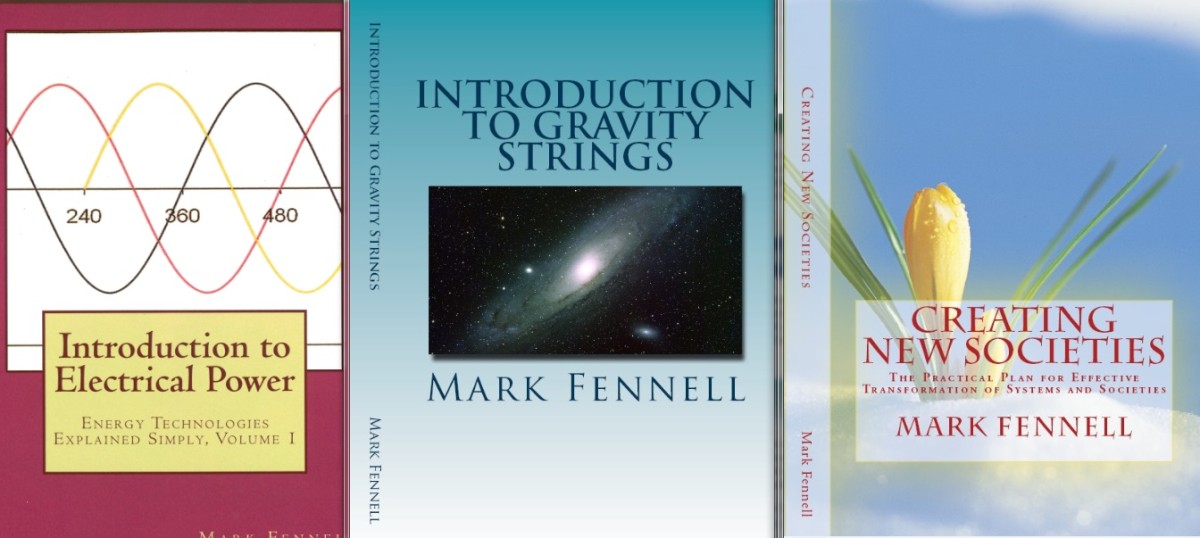Table of Contents for Power Grids and Utility Companies Explained Simply
10.1 Utility Company Operation Basics 13
- Overview of Matching Power Generation with Load
- Problems if Generation Does Not Meet Load
- Methods for Matching Generation with Load
- Create Enough Reserve
- Build Quality Electrical Lines and Distribution Systems
- Monitor Key Factors and Respond to Changes in the System
- Have an Effective Monitoring and Communications System
- Restarting Power Plants Without Difficulty
- Interconnect with Other Power Systems Effectively
10.2 Monitoring and Communications Systems 25
- Basic Components of a Monitoring and Communication System
- SCADA Overview
- SCADA Operations: Control Center Perspective
- SCADA Operations: Electronics and Wires Perspective
- Translation Devices
- Options for Communication Connections
- Broadband Systems
- Back-up Systems for Communication
10.3 Quality Control for Utilities 33
- Voltage Variation Basics
- Voltage too Low or No Voltage: for Short Duration
- Voltage too Low or No Voltage: for Long Duration
- Voltage too High: for Short or Long Duration
- Frequency Variation Overview
- Frequency: Changes in Frequency
- Frequency: Additional Frequencies
- Temperature too High
10.4 Basic Concepts of Grids 47
- Overview of Grids
- Grid System is Similar to the Roadway System
- Regulations, Economics, and Grids
- Advantages and Disadvantages of Grids
- Ideal Grid at a Glance
- Independent System Operators and FERC
- The Players and Their Roles
- Additional Grid Terms
10.5 Grid Operations 67
- Basic Grid Operations
- Variations of Grid Operations
- Ancillary Services
10.6 Quality Control for Grids 75
- Quality Control of Grids
- Grid Failures
- Need for More Power Plants and Smaller Grids
- Sabotage and Terrorism
- NERC and Electric Reliability Regions
- FERC and NERC: a Brief Comparison
- Energy Policy Act of 2005
10.7 Smart Grids 91
- Overview of the Smart Grid Process
- Smart Grids as Related to the SCADA System
- Remote Sensors and Automatic Adjustments
- The “Smart” in Smart Grid
- Privacy Issues
- Improper Use of Smart Grids
- Proper Use of Smart Grids
- Voluntary Cooperation with the Smart Grid System
10.8 Future of Electrical Distribution 101
- A New Direction
- Benefits of Smaller Grids
- Sizing of Grids
- Benefits of Smaller, Locally Operated Power Plants
- The Need for Some Large Power Plants
- PURPA: Good for Competition & Environmentalism
Appendix and Index
- ISOs/RTOs
- Regional Reliability Councils
